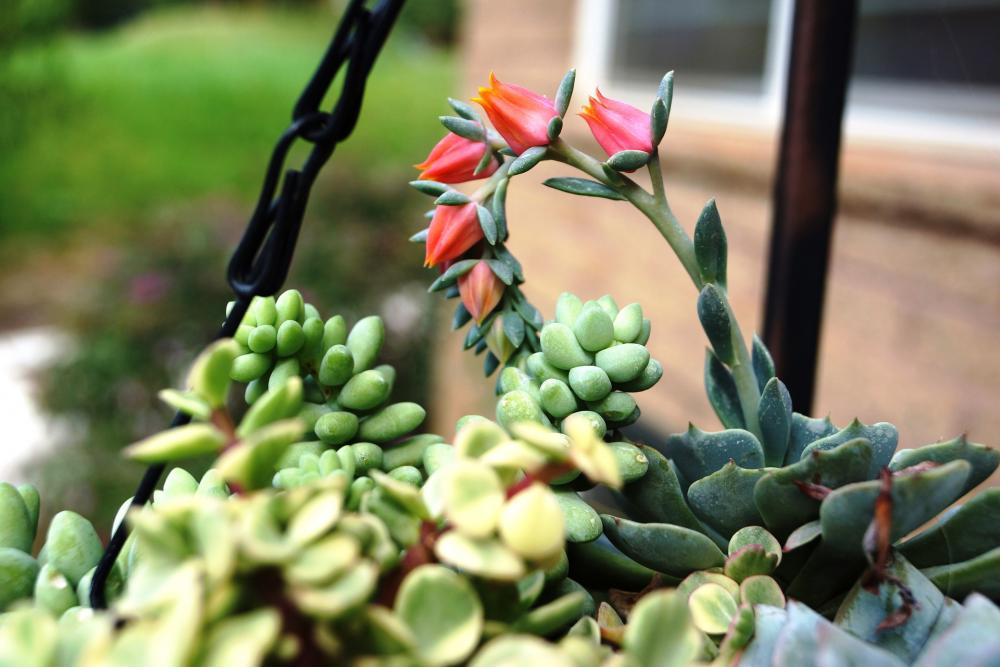More Green Less Grass: 3 Things You’ll Need to Start Xeriscaping
A xeriscape yard can be just as lush and beautiful as one with colorful flowers and a deep-green lawn. The word “xeriscape” comes from the Greek and means “dry.” It’s possible to achieve a rich and varied landscape without relying on water-hungry turf or plants by following these three basic steps.
Choosing Plants
The rule of thumb for establishing a xeriscape in your yard is to look for plants that are native to the area. When you go to the nursery, choose plants that will thrive in your climate zone. Your local nursery can let you know or you can access this map online.
The USDA determines zones by determining the lowest winter temperature an area experiences. It breaks those zones into 10 degrees Fahrenheit intervals. Once you find your zone, choose plants based on it. It’s difficult to grow plants in a zone that they’re not suited to. They’ll need covering on the coldest winter nights or may not survive the winter if their roots are damaged by hard freezes. Conversely, if they need a certain number of hours below freezing (also called chill hours), they may not flower or fruit in warmer climate zones.
When choosing plants at the nursery, look on the plant’s tag or label. It should indicate its sun and water needs. Local nurseries may also tag plants as native or place them in a separate section.
Irrigation System
Even though you’re installing a drought-tolerant landscape, it will need some supplemental watering during dry periods, especially as it takes root. Once established, you may not need any irrigation, depending on your climate and the plants you choose.
Once you’ve removed the turf and the water-hungry shrubs and plants, install the irrigation system. The most water-efficient are drip systems that provide water to the plants’ roots rather than broadcast it overhead like popup sprinklers do. Home improvement centers sell all the fittings for drip irrigation systems, but if you can’t find what you need locally, you may need to shop online or consult a professional.
Ground Cover
A xeriscape landscape uses rocks, gravel and masonry materials instead of turf to significantly reduce water usage. Losing the grass also emphasizes your plants. Landscaping rock comes in a variety of types, sizes, and colors. Many xeriscape yards combine all three materials in one yard to provide functional areas along with ground cover. As with the plants and irrigation systems, you may need to consult a company like Purdy Topsoil & Gravel if you can’t find what you’re looking for.
The Results
When it’s designed for your climate, a xeriscape landscape will last for years and provide natural beauty year-round. Once planted, it won’t require a lot of effort to maintain and will save precious water resources.




0 Comments
Recommended Comments
There are no comments to display.